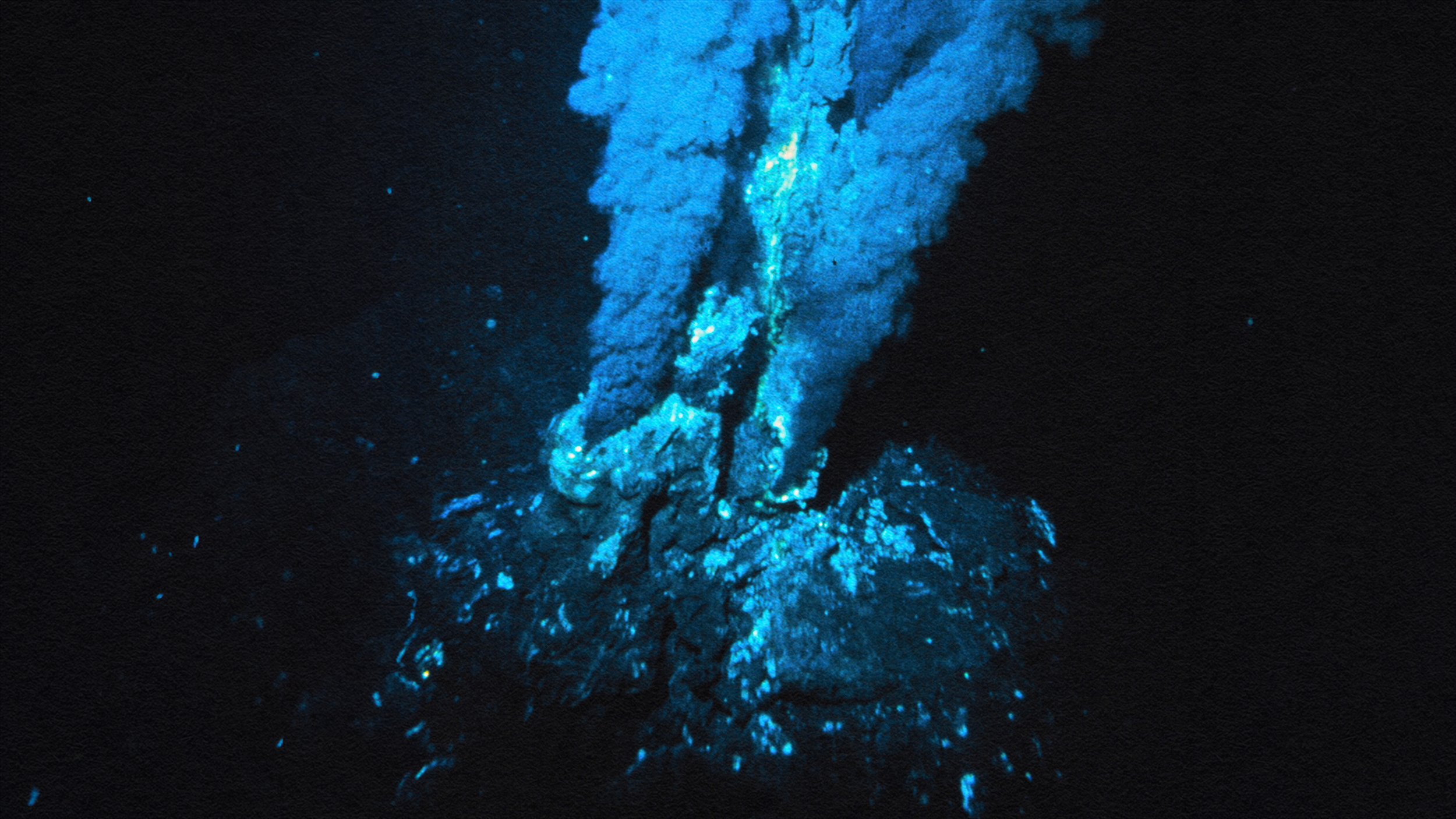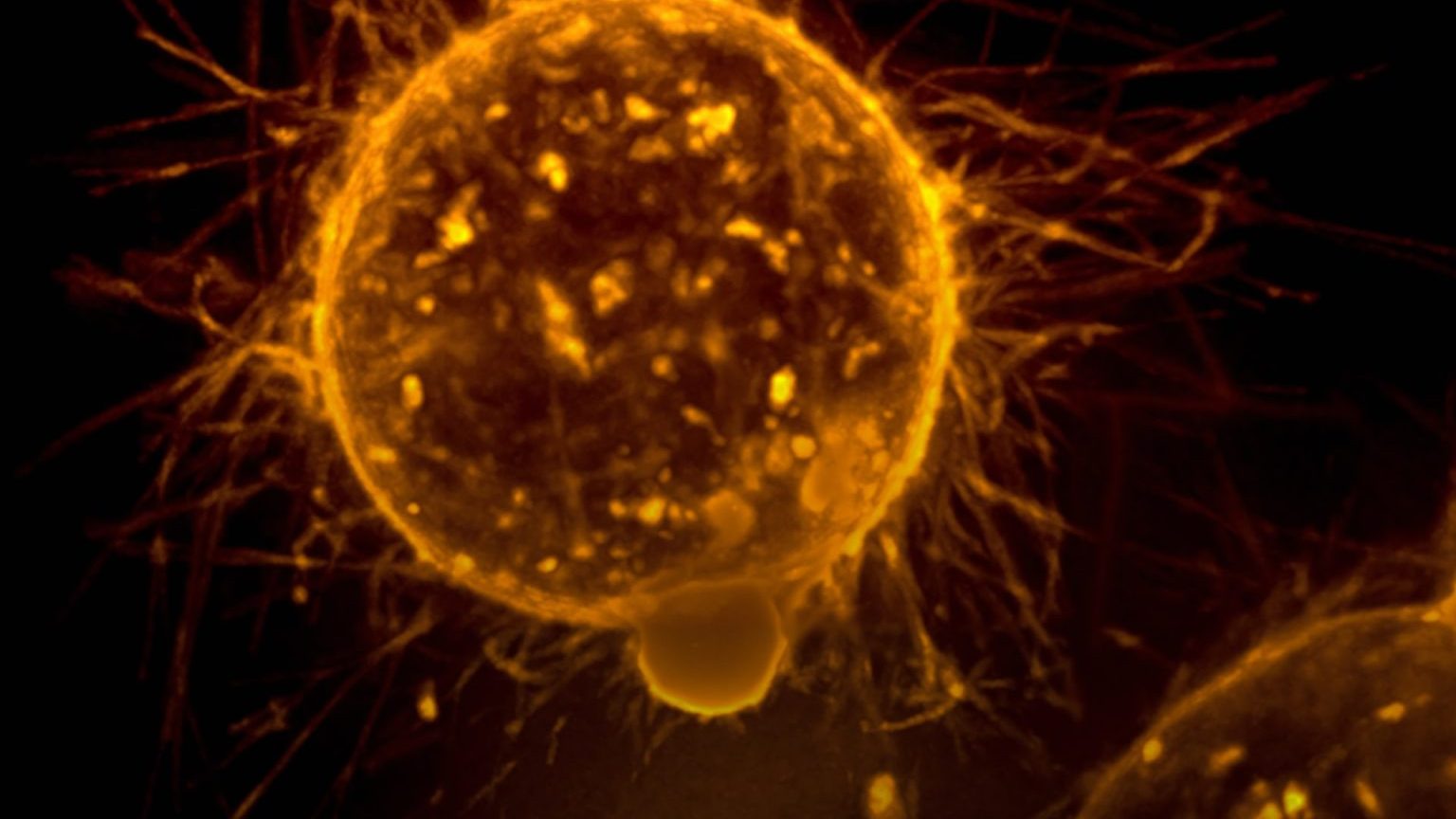In Kannauj, perfumers have been making monsoon-infused mitti attar for centuries.
Search Results
You searched for: Water
But make sure you bring the fossegrim the proper offering—or else.
The war in Ukraine is unlikely to trigger a catastrophic nuclear meltdown. Physics and smart engineering are the reasons why.
At least one of Earth's creatures is able to survive the vacuum of space.
The problem of the electroweak horizon haunts the standard model of cosmology and beckons us to ask how deep a rethink the model may need.
Though ultimately incorrect, the ancient Greek philosophers blazed a conceptual trail for humankind to understand the nature of reality.
Rogue Putin is the biggest risk of 2023. Here are the other nine, explained by global political expert Ian Bremmer.
▸
17 min
—
with
These nematodes complicate how we understand evolutionary lineages.
It’s an agricultural moonshot: Scientists hope to increase plant yields by hacking photosynthesis, the process that powers life on Earth.
Drop sodium in water, and a violent, even explosive reaction will occur. But quantum physics is needed to explain why.
Scientists may have detected the somewhat smelly chemical dimethyl sulfide on a planet 120 light-years from Earth.
Although we still don't know the question, we know that the answer to life, the Universe, and everything is 42. Here are 5 possibilities.
Data from the Zhurong rover suggests the Red Planet was wet more recently than we thought.
In "Dear Oliver," neuroscientist Susan Barry describes how her 10-year correspondence with Oliver Sacks unleashed her inner author.
Seventy-five years after the anomaly's discovery, scientists have finally figured out why sea levels are so much lower here.
In a recent paper, biologists outlined a three-part hypothesis for how all life as we know it began.
Within the next few decades, we may well have hard evidence for the existence of alien life on worlds light-years distant from Earth.
13.8 columnist Marcelo Gleiser reflects on his recent voyage to Earth's last wild continent.
If there’s life lurking on the moons of Saturn and Jupiter, could our instruments even detect it?
Tumor cells traverse many different types of fluids as they travel through the body.
Meet the people paid to rouse the workers of industrial Britain.
In many ways, it was worse than Chernobyl.
From ancient Greek cosmology to today's mysteries of dark matter and dark energy, explore the relentless quest to understand the Universe's invisible forces.
Some microbes can withstand Earth's most inhospitable corners, hinting that life may be able to survive similarly extreme conditions on other worlds.
All across the Universe, planets come in a wide variety of sizes, masses, compositions, and temperatures. And most have rain and snow.
Until the Apollo missions, we had no idea how the moon got here, just a series of educated guesses. They rewrote the story of the moon’s origins.
“The Tao of the wise is to work without effort.”
There’s an enormous evolutionary advantage for flamingos to stand on one leg, but genetics doesn't help. Only physics explains why.
2023 is an exciting time for the study of quark-gluon plasmas.





























